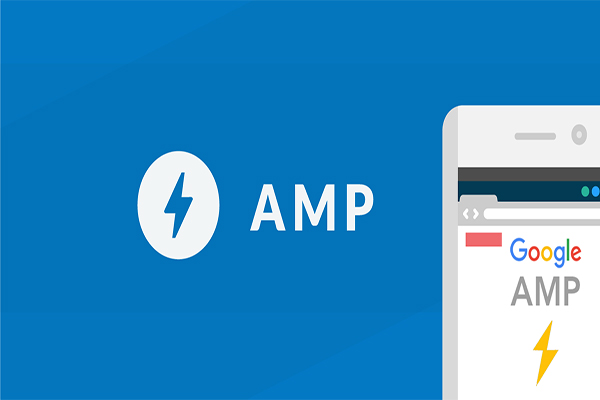When Google punished itself for cheating?
Ranking first on Google SERPs can increase your web traffic by 33% and at number two, the traffic decreases by 18%. It is for this reason people and businesses don’t lose any opportunity for manipulating Google’s complex algorithm.
Let’s see what happens when businesses try cheating Google. Here I’m presenting some case studies that show how Google reacts to attempts to cheat its algorithm.
- In 2014, eBay was penalized with a drop in ranking. Cause for the penalty isn’t specified.
- In 2013, media giant BBC was punished for collecting unnatural links on one of its web pages. Google instantly reduced search rank of that page for a day and BBC suffered three million visitors due to the penalty.
- In 2013, Google found Genius accepting unnatural links by favoring bloggers for links to lyrics. Genius was tweeting out posts from the blogs in return. Google restricted Genius from ranking its brand name for 10 days and it also reduced its PR. It suffered traffic loss of 4 million in 10 days.
- In 2012, The Home Depot was caught accepting unnatural links including anchor texts that weren’t visible. Google removed many of its pages from the first page and it suffered a loss of 35 million visitors.
- In 2012, Google penalized Chrome for buying links as part its video campaign. Google lowered homepage ranking of chrome for two months.
- In 2011, Google punished Mozilla for spamming. It was found that Mozilla has more than 10MB spam spread across.s over 21,000 user comments. As a result, Google lowered the search rank of that page. Mozilla suffered 1.25 million visitors per day for the duration of the punishment.
- In 2011, Overstock.com offered schools discounts for linking back to its site. It is called paid links and Google is quite strict with such ways. Overstock.com was restricted for ranking its brand name for 2 months and its PR was also reduced. It suffered a loss of 12 million visitors as punishment.
- In 2011, Google also caught JC Penney making similar mistake that Overstock.com did. It was also punished with lowering its page rank for two months and it also suffered a traffic loss of over 12 million.
- In 2010, Google AdWords was penalized for showing different content on its support pages. It also lost its PR for an unspecified time.
- In 2007, Washington Post was caught selling links and it lost its PR value. Google dropped its PR value from 7 to 5. Though Washington Post restored its PR value after a couple months, it suffered a loss of over 75 million visitors due to drop in PR.
- In 2006, BMW was caught cloaking that is directing the traffic to the keyword that isn’t optimized. It manipulated search result for “used cars” and directed the traffic to its regular webpage. Google took a strong step; BMW was removed from search results for three days in which it lost more than 70,000 visitors.
- In 2005, WordPress created Doorway Pages to take advantage of a loophole on Google Algorithm. But the largest search engine wastes no time in locating the fraud and punished WP. Its homepage domain was kept out of brand name searches and also its PR value was reduced to zero for two days. As a result, WordPress suffered a loss of over 10 million visitors in two days.
Conclusion
Google wants to give best results to searchers and to achieve this objective; it wants websites to follow its guidelines that it keeps rolling from time. The above case studies shows that Google doesn’t tolerate even accidental mistakes in digital marketing.



